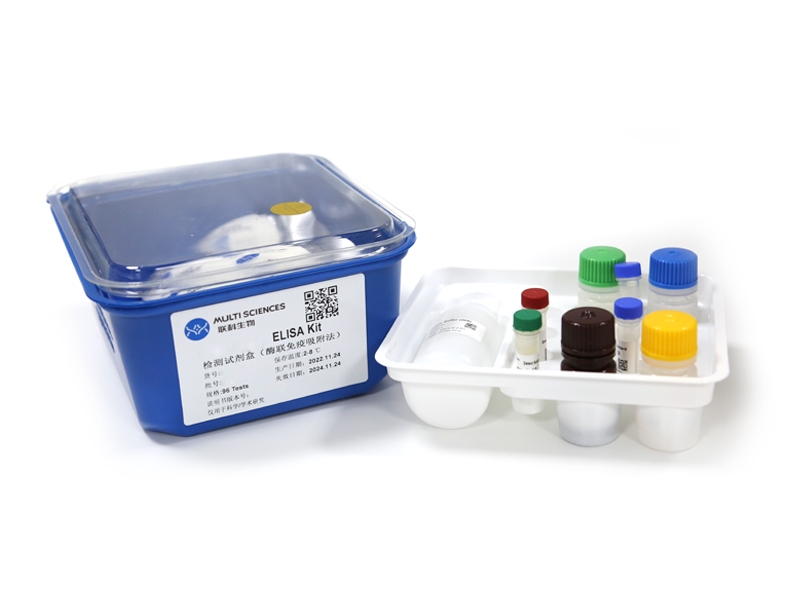Adoptive T lymphocyte immunotherapy is one of the most promising methods to treat residual lesions after glioma surgery. However, the fate of the adoptively transferred T-cells in vivo is unclear, hampering the understanding of this emerging therapy. Thus, it is highly desirable to develop noninvasive and quantitative in vivo tracking of these T-cells to glioma for better identification of the migratory fate and to provide objective evaluation of outcomes of adoptive T-cell immunotherapy targeting glioma. In this work, ultrasmall T(1) MR-based nanoprobes, NaGdF(4) -TAT, as molecular probes with high longitudinal relaxivity (8.93 mm(-1) s(-1) ) are designed. By means of HIV-1 transactivator (TAT) peptides, nearly 95% of the adoptive T-cells are labeled with the NaGdF(4) -TAT nanoprobes without any measurable side effects on the labeled T-cells, which is remarkably superior to that of the control fluorescein isothiocyanate-NaGdF(4) concerning labeling efficacy. Labeled adoptive T-cell clusters can be sensitively tracked in an orthotopic GL261-glioma model 24 h after intravenous infusion of 10(7) labeled T-cells by T(1) -weighted MR imaging. Both in vitro and in vivo experiments show that the NaGdF(4) -TAT nanoprobes labeling of T-cells may be a promising method to track adoptive T-cells to improve our understanding of the pathophysiology in adoptive immunotherapy for gliomas.
文章引用产品
-
-
- EK204
- ELISA试剂盒
Mouse IL-4 ELISA Kit检测试剂盒(酶联免疫吸附法)
-
¥1,600.00 – ¥10,800.00
-
- EK204
- ELISA试剂盒
Mouse IL-4 ELISA Kit检测试剂盒(酶联免疫吸附法)
- ¥1,600.00 – ¥10,800.00



